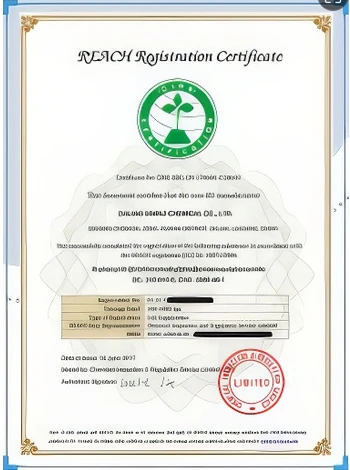



chemicals used in wastewater treatment plants
Chemicals Used in Wastewater Treatment Plants
Wastewater treatment is a critical process aimed at safeguarding public health and the environment by removing contaminants from water before it is released back into natural water bodies or reused. Various chemicals play essential roles in the treatment processes, enhancing efficiency and effectiveness in removing pollutants. This article explores some commonly used chemicals in wastewater treatment plants.
One of the primary categories of chemicals used in wastewater treatment is coagulants. Coagulants such as aluminum sulfate (alum) and ferric chloride are essential for the aggregation of suspended solids. By neutralizing the negative charges on particles, these chemicals promote the formation of larger clusters, or flocs, which can then be easily removed from the water through sedimentation or filtration. This process is crucial for improving water clarity and reducing turbidity.
In addition to coagulants, flocculants are often utilized to further enhance the settling of formed flocs. Organic polymers serve as effective flocculants, increasing the size and density of the particles, thereby facilitating their removal from the wastewater. These chemicals play a vital role in the secondary treatment phases, where biological processes are employed to break down organic matter.
chemicals used in wastewater treatment plants

Chlorination is another significant aspect of chemical usage in wastewater treatment. Chlorine is commonly added as a disinfectant to eliminate pathogenic microorganisms present in the treated water. While effective, the use of chlorine necessitates careful management due to the formation of potentially harmful disinfection byproducts, such as trihalomethanes (THMs). As a result, many plants are exploring alternative disinfection methods, including ultraviolet (UV) light and ozone, to minimize these risks.
pH adjustment is also a crucial step in wastewater treatment, and chemicals such as lime (calcium hydroxide) and sulfuric acid are regularly used for this purpose. Maintaining an optimal pH level is vital for effective biological treatment and nutrient removal, particularly in the case of ammonia nitrogen. Adjusting pH not only enhances the microbial activity involved in the treatment but also aids in the precipitation of heavy metals.
Finally, deodorizing and enhancing the aesthetic quality of treated effluent is achieved through chemicals like activated carbon, which adsorbs residual odors and impurities. This step is especially important for facilities discharging effluent to surface waters or nearby communities.
In conclusion, the use of chemicals in wastewater treatment plants is integral to the overall function and efficiency of the treatment processes. From coagulants and flocculants to disinfectants and pH adjusters, these chemicals work together to ensure that wastewater is treated effectively, protecting both public health and the environment. As technology advances, the industry continues to explore new chemical applications and alternative methods to optimize treatment and reduce environmental impact.
-
Why Sodium Persulfate Is Everywhere NowNewsJul.07,2025
-
Why Polyacrylamide Is in High DemandNewsJul.07,2025
-
Understanding Paint Chemicals and Their ApplicationsNewsJul.07,2025
-
Smart Use Of Mining ChemicalsNewsJul.07,2025
-
Practical Uses of Potassium MonopersulfateNewsJul.07,2025
-
Agrochemicals In Real FarmingNewsJul.07,2025
-
Sodium Chlorite Hot UsesNewsJul.01,2025










